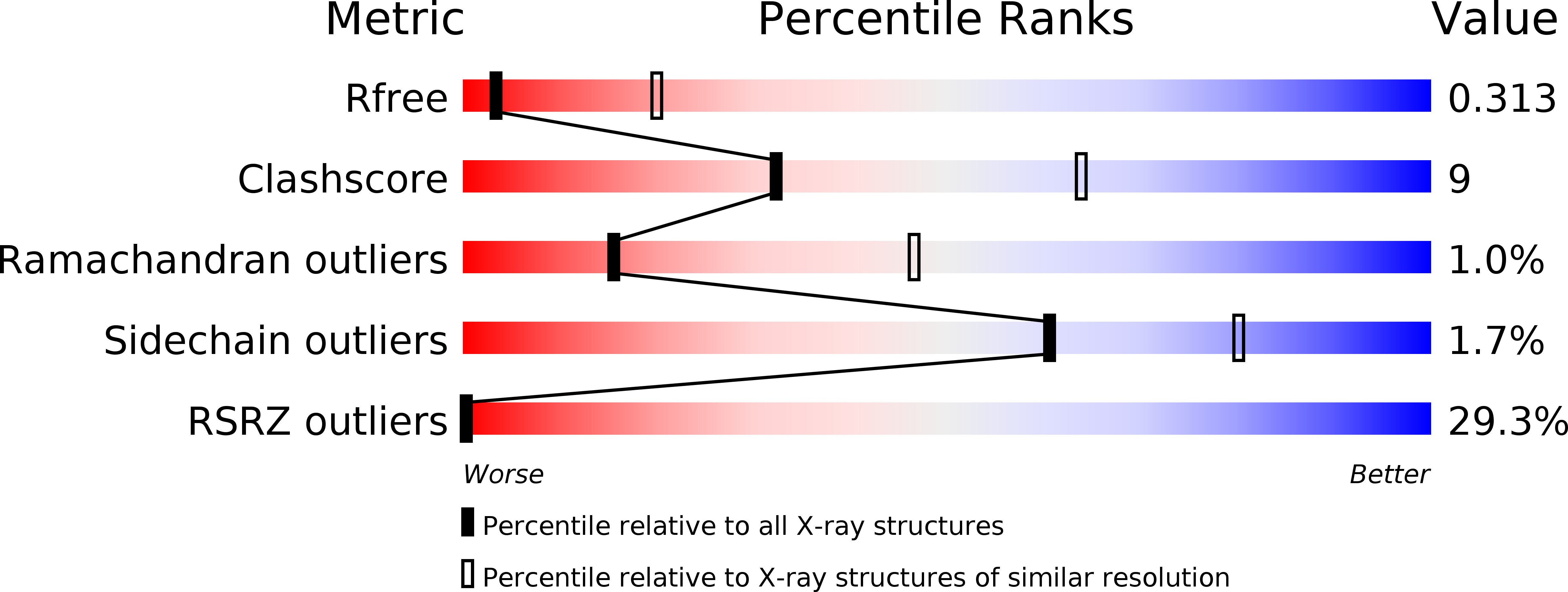
Deposition Date
2006-11-29
Release Date
2007-10-23
Last Version Date
2023-08-30
Entry Detail
Biological Source:
Source Organism:
Canis lupus familiaris (Taxon ID: 9615)
Host Organism:
Method Details:
Experimental Method:
Resolution:
3.40 Å
R-Value Free:
0.33
R-Value Work:
0.31
R-Value Observed:
0.31
Space Group:
C 1 2 1


